55+ Sample Training Plan Templates
-
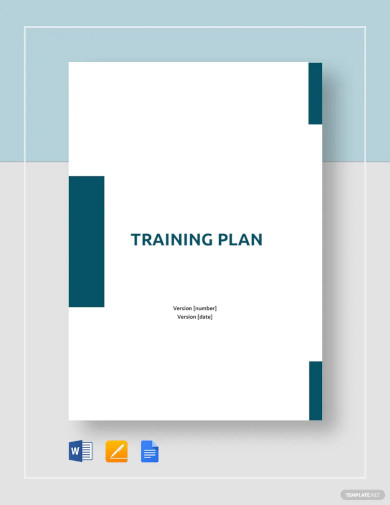
Training Plan Template
download now -

Sample Dog Training Planner Template
download now -
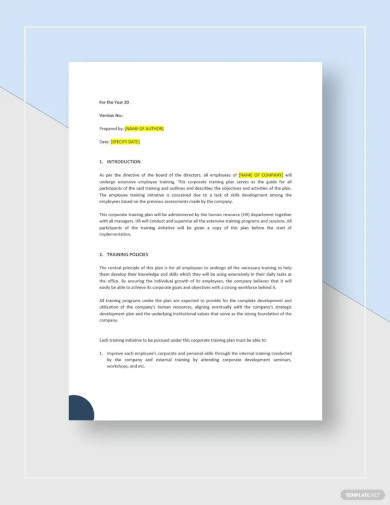
Corporate Training Plan Template
download now -

Sales Training Plan Template
download now -
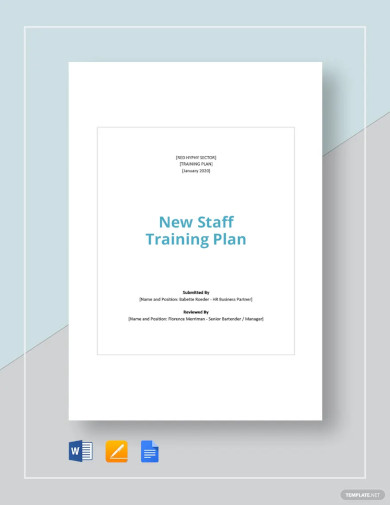
New staff Training Plan Template
download now -
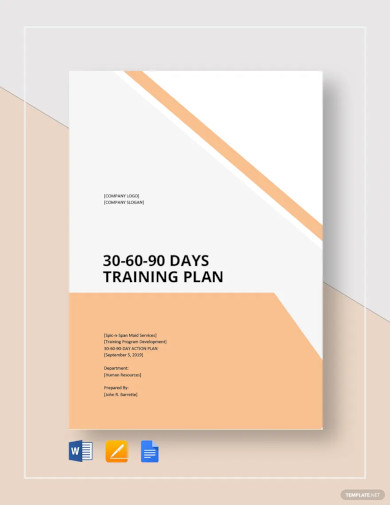
30-60-90-Day Training Plan Template
download now -
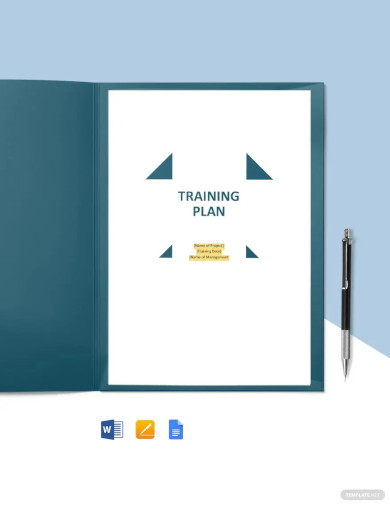
Sample Training Plan Template
download now -
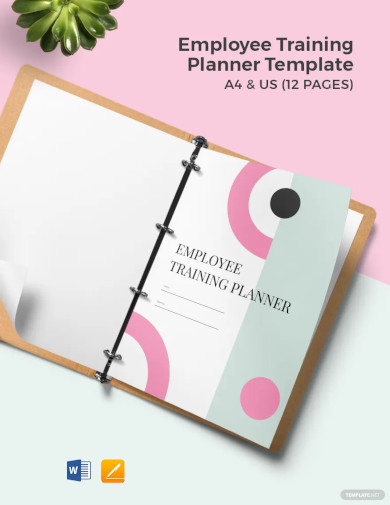
Employee Training Planner Template
download now -

Basketball Training Planner Template
download now -
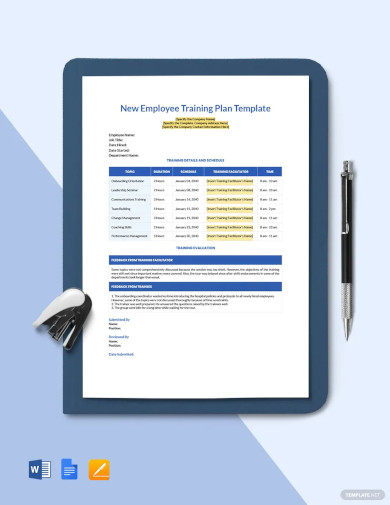
New Employee Training Plan Template
download now -

Pet Training Planner Template
download now -

Sample Weekly Training Planner Template
download now -
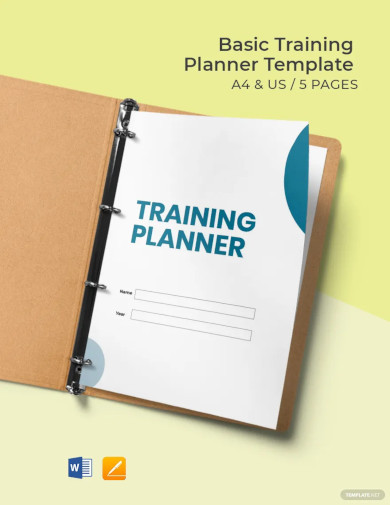
Basic Training Planner Template
download now -
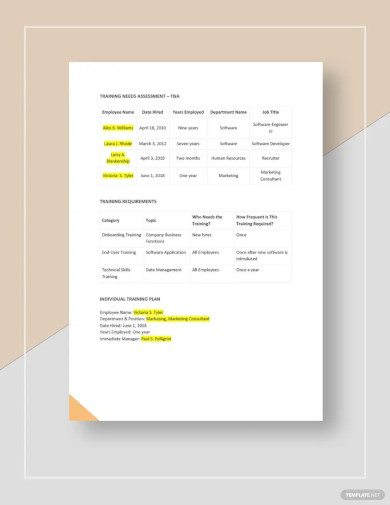
End-user Training Plan Template
download now -
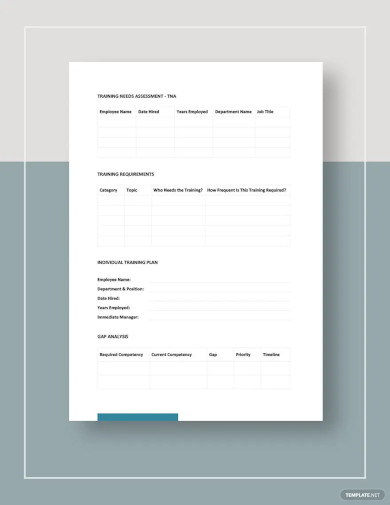
Blank Training Plan Template
download now -
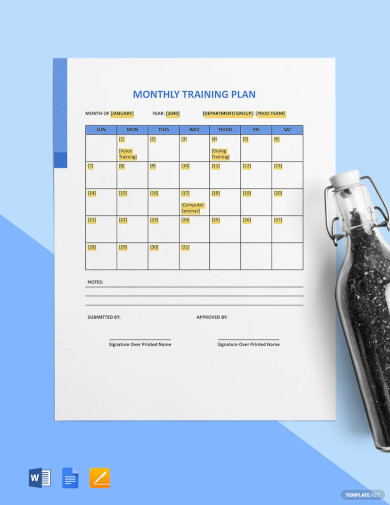
Monthly Training Plan Template
download now -
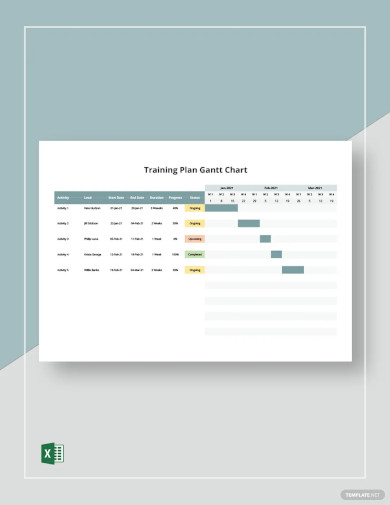
Training Plan Gantt Chart Template
download now -
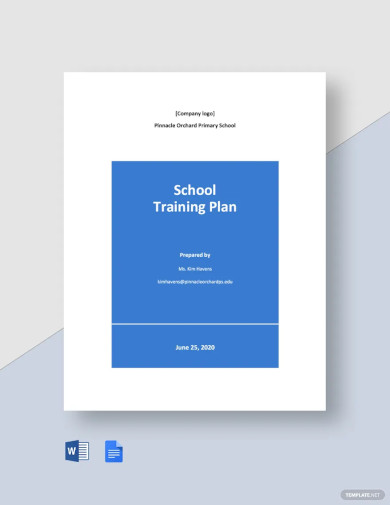
School Training Plan Template
download now -
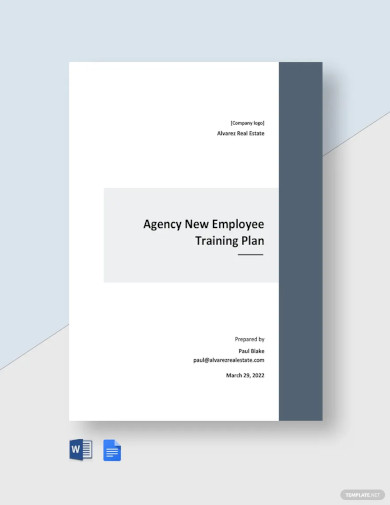
Agency Training Plan Template
download now -

Fitness Training Plan Template
download now -
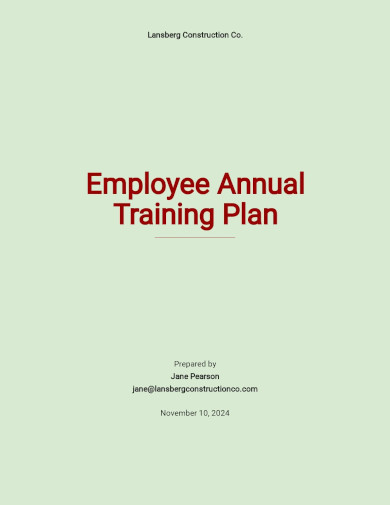
Free Employee Annual Training Plan Template
download now -
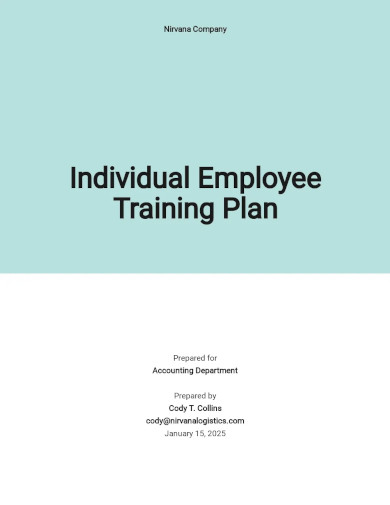
Individual Employee Training Plan Template
download now -
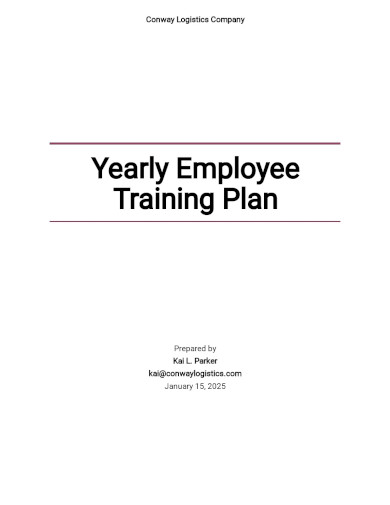
Yearly Employee Training Plan Template
download now -
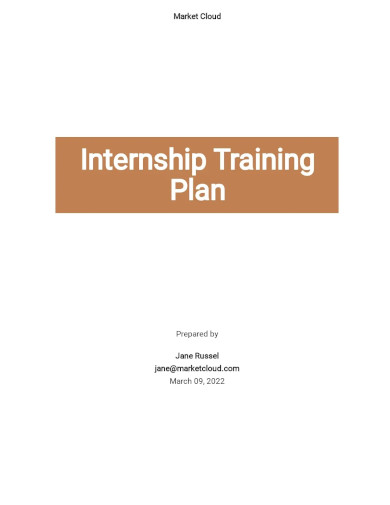
Internship Training Plan Template
download now -
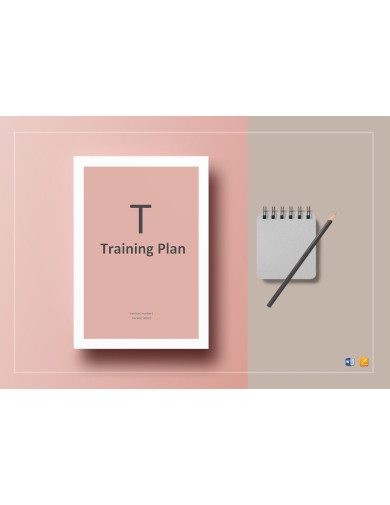
Basic Training Plan Template
download now -
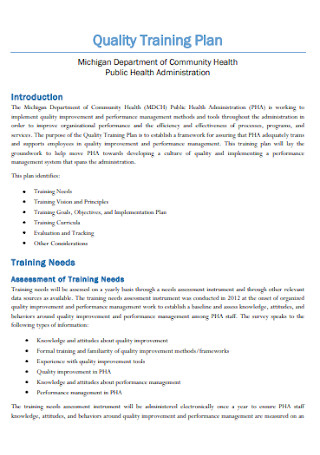
Quality Training Plan
download now -
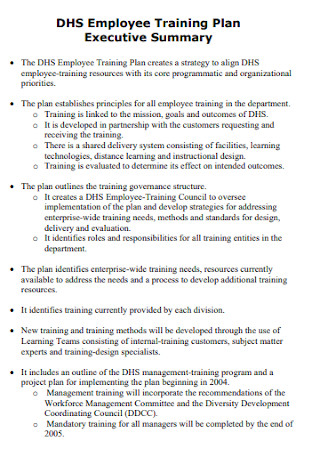
New Employee Training Plan
download now -
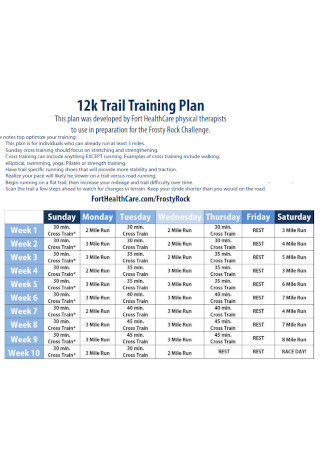
Staff Trail Training Plan
download now -
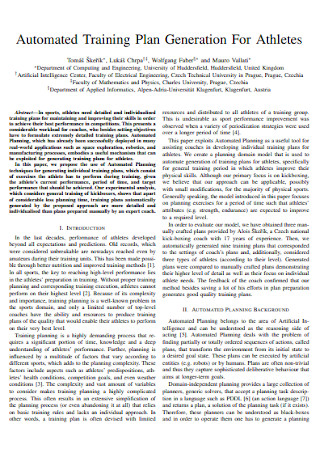
Athletes Running Training Plan
download now -
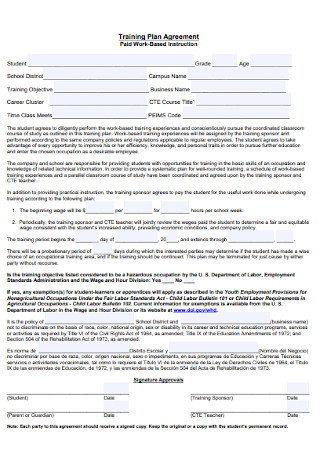
Training Schedule Plan Agreement
download now -
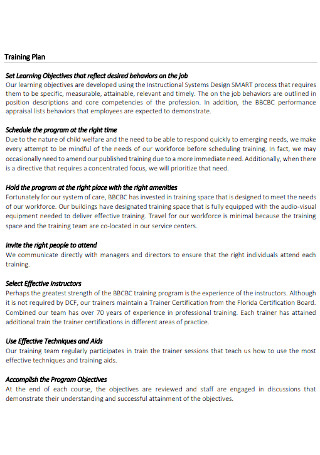
Professional Project Development Training Plan
download now -
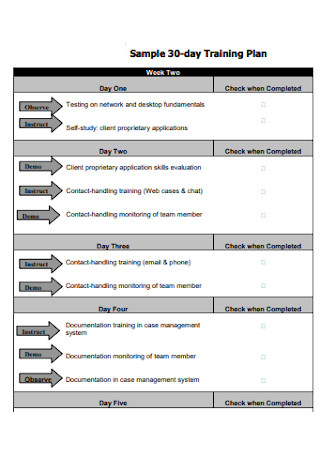
Sample Monthly Cycling Training Plan
download now -
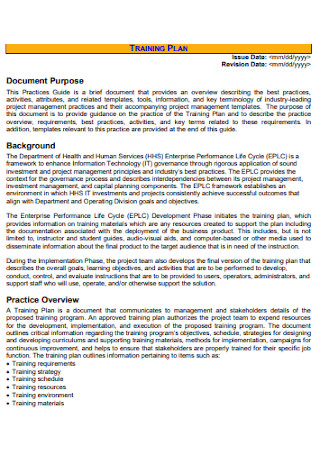
Simple Strength Training Plan
download now -
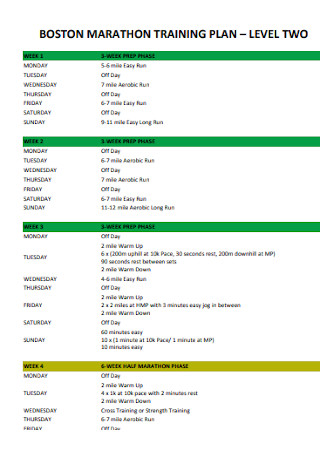
Business Training Plan
download now -
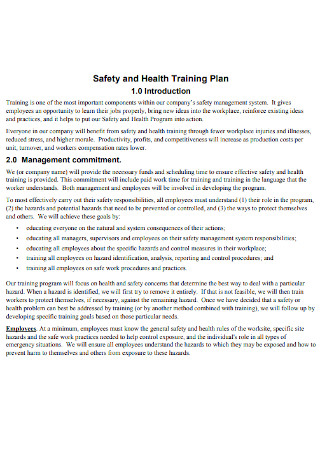
Safety and Health Gym Training Plan
download now -
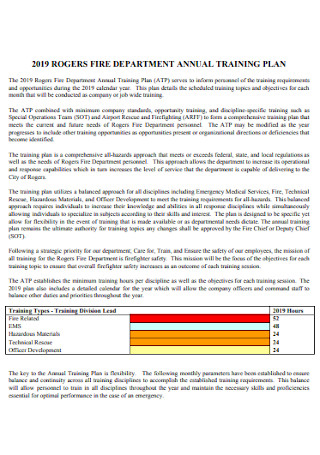
12 WeekTraining Plan
download now -
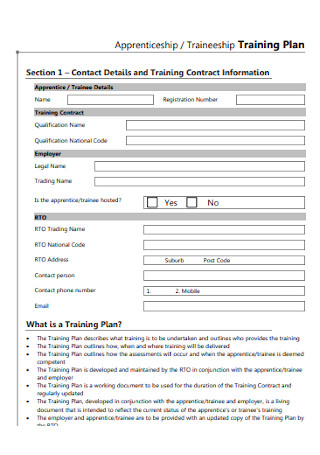
Traineeship Training Plan Form
download now -
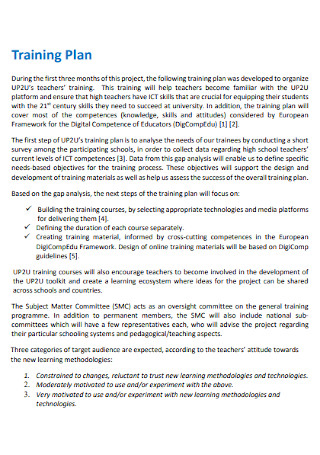
Training Calendar Program Plan
download now -
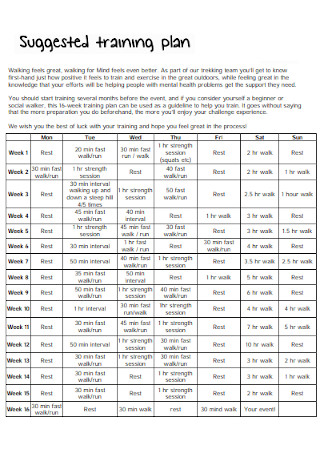
Suggested Triathlon Training Plan
download now -
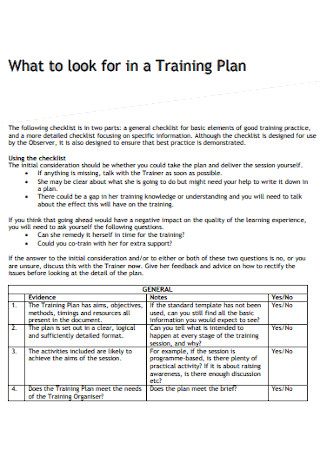
Beginner Training Plan
download now -
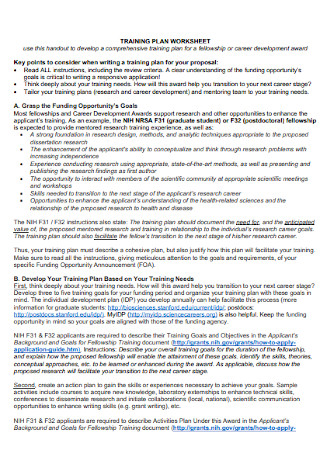
Annual Training Plan Worksheet
download now -
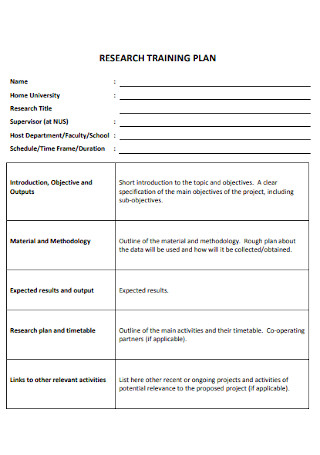
Customer Service Research Training Plan
download now -
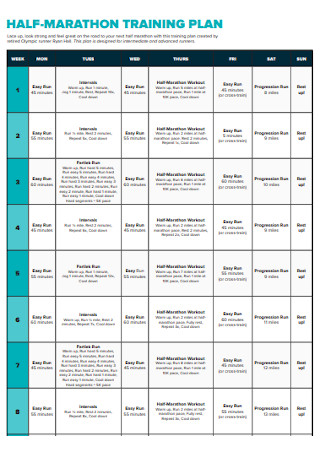
Half Marathon Training Plan
download now -
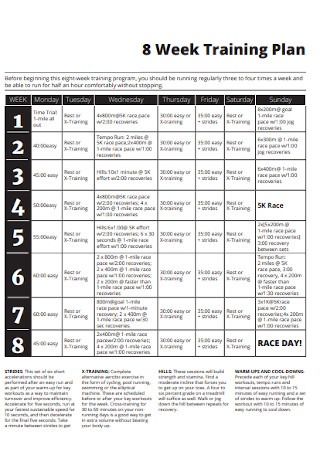
Eight Weeks Training Plan
download now -
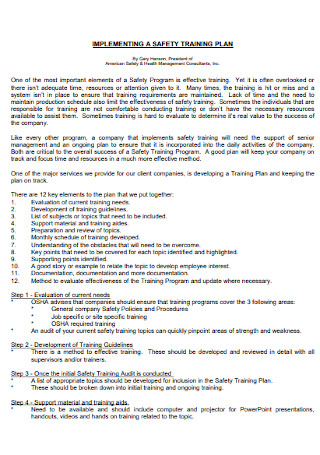
6 Week Training Plan
download now -

Training Management Plan
download now -
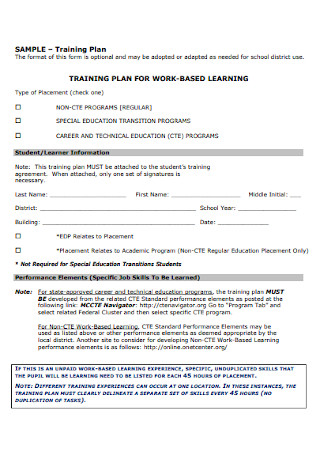
Work Based Training Plan
download now -
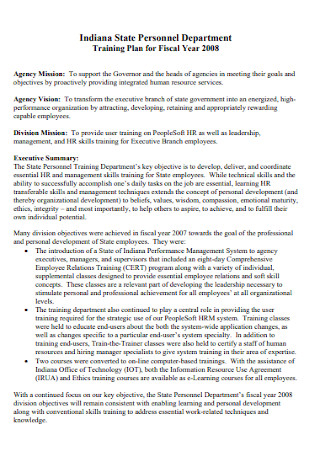
Personnel Department Training Plan
download now -
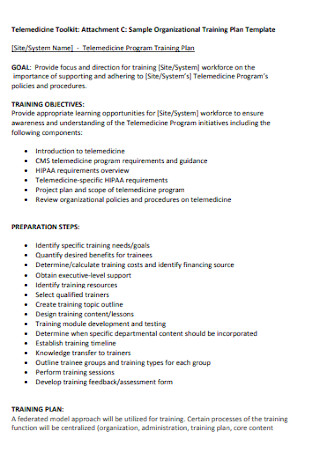
Sample Organizational Training Plan
download now -
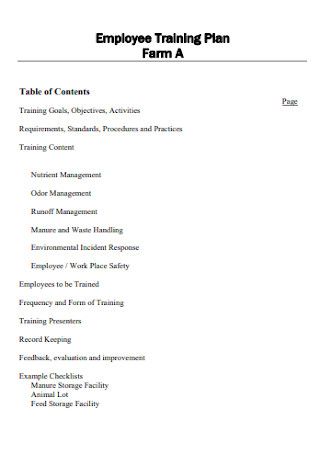
Employee Training Plan
download now -
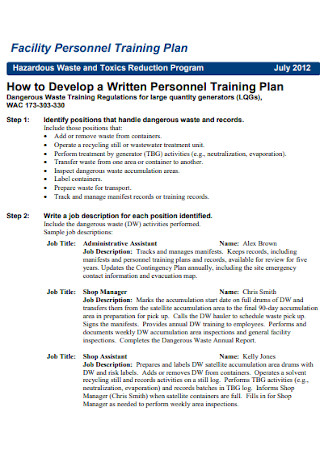
Facility Personnel Training Plan
download now -
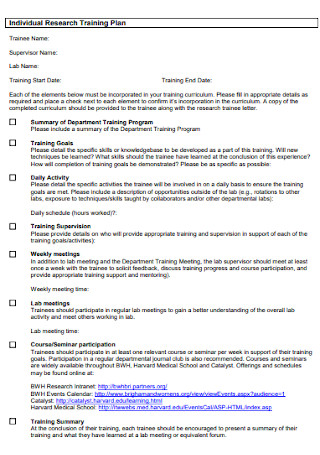
Individual Research Training Plan
download now -
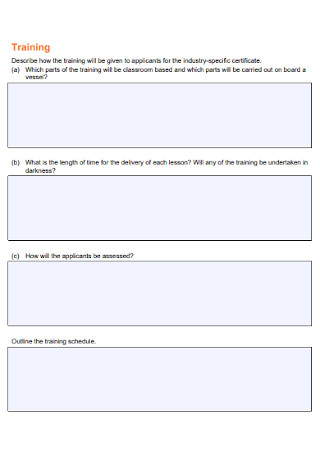
Industry Training Plan
download now -
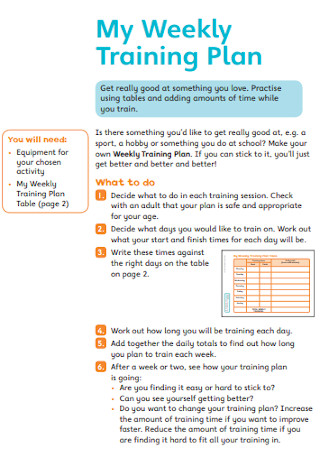
Weekly Training Plan
download now -
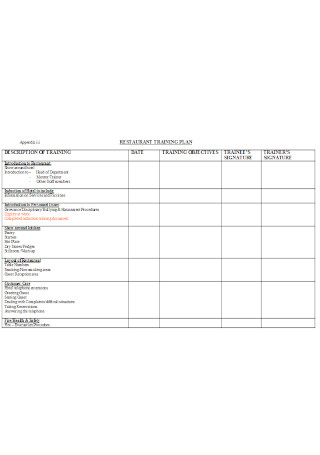
Restaurant Training Plan Template
download now -
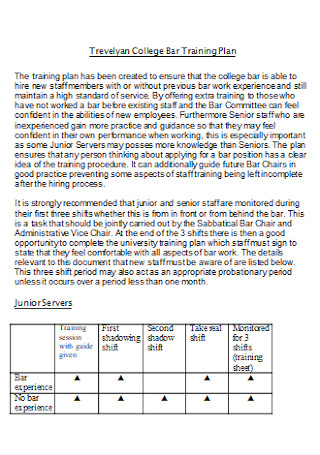
College Bar Training Plan
download now
FREE Training Plan s to Download
55+ Sample Training Plan Templates
What Is a Training Plan?
What Are the Key Elements of a Training Plan?
How to Design an Effective Training Plan
FAQs
What are the main steps of the training process?
What are the five principles of training?
Who prepares training plans?
What are the training delivery methods in L&D programs?
What Is a Training Plan?
According to an article from Chron, training is a systematic process that expands and develops many employees’ knowledge and skills in an organization. And it is just the perfect process for any business to strive for, so training will be conducted properly right from the get-go. To make that happen, you need a training plan—a detailed document that guides you from the strategic planning stage down to instruction delivery. For that plan to work as expected, it should be well-developed whether you are training personally, online, one-on-one, by group, or any example.
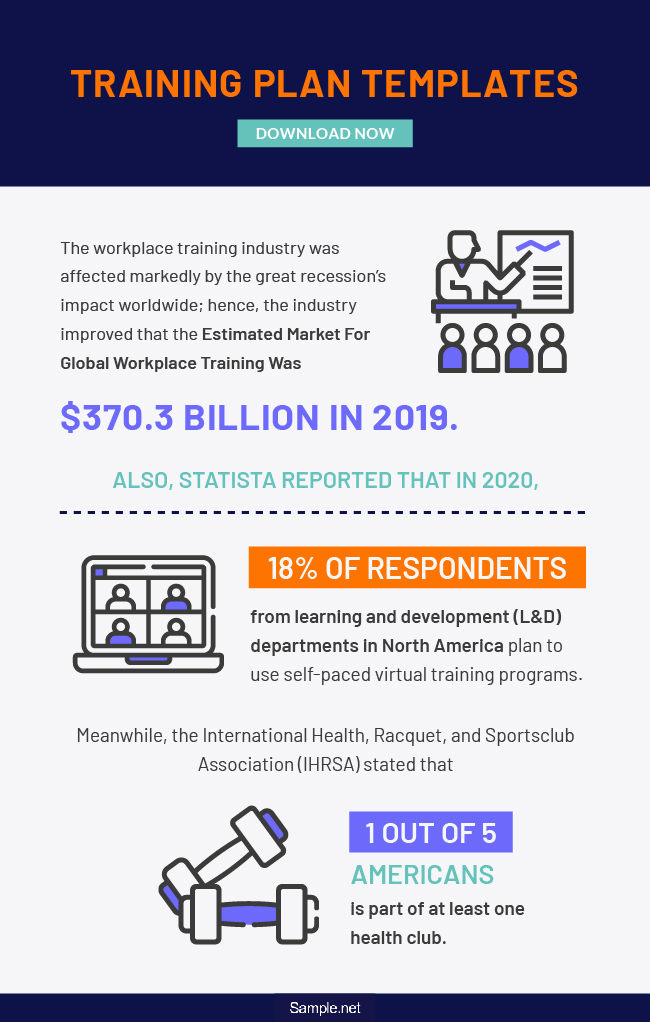
The workplace training industry was affected markedly by the great recession’s impact worldwide; hence, the industry improved that the estimated market for global workplace training was $370.3 billion in 2019.
Also, Statista reported that in 2020, 18% of respondents from learning and development (L&D) departments in North America plan to use self-paced virtual training programs.
Meanwhile, the International Health, Racquet, and Sportsclub Association (IHRSA) stated that one out of five Americans is part of at least one health club.
Why Are Training Plans Important?
Training plans are both beneficial and important. Remember that businesses have different goals and objectives to achieve. A training plan ensures that each objective, task, or project will be identified and accomplished in the end. Such plans outline the tasks to fulfill and meet the stepping-stones—aka a reliable business roadmap. Instead of just preparing goals, you have a practical guide while training participants, improving both the trainer and the participants’ overall experience if there is a clear action plan.
It is no surprise that a training plan is vital to any organization when you need to become more lucrative and competitive. Learnings will even be part of the process to improve their expertise and learn from their mistakes. More so, a scheduled plan is observed since you will need to base on a printable calendar to ensure plans are met on time. What is even better? Training plans apply to business, school, sports, hospital, church, etc. Don’t limit its application to one example only.
What Are the Key Elements of a Training Plan?
Back then, in the great recession, worldwide workplace training was affected badly. The industry prompted to rebound that the amount spent on workplace training globally reached $370.3 billion. That is, according to Statista’s 2019 research survey. Pieces of training are certainly no joke. Otherwise, your enterprise might fail while others continue to grow. But before making your plan, do you ever wonder what is usually inside the training document? In this section, we outlined the key elements of a training plan. Make sure your plan consists of the following:
How to Design an Effective Training Plan
It is no surprise that writing training plans require strategic thinking, creative ideas, and a sensible program structure. And you make sure training will help reach your specific goals. And since you already know about a training plan’s definition, importance, and key elements, apply your knowledge in designing the training plan itself. Rest assured, it will be simple, especially when you have sample templates to use as your guide in making one. To ensure the plan runs effectively, follow these steps on how to design a training plan:
Step 1: Conduct a Training Needs Analysis
First things first, you must identify your training needs. Anyone may be aware of how valuable training is, but not everyone knows what specific training their organization needs. A training needs analysis or assessment is a smart approach to recognize your goals, tasks, and activities to construct later on. That means you scrutinize your business thoroughly before even creating training plans.
Step 2: Identify the Learning Objectives
After your analysis, start setting the learning objectives. What do you want the workforce to accomplish or employees to practice? Such objectives should be aimed at meeting those training needs. Remember that depending on other companies’ training plans might not work on your application. For example, you planned on creating a workforce training plan, yet you might end up following a gym training plan. Don’t confuse that from your plan, especially when one out of five Americans is part of one health club. Go for objectives that are relevant to your business needs.
Step 3: Use the Right Training Resources
Next, rely on the appropriate training materials and resources to conduct training. This section is where you state if the training involves a personal workshop, online documentation, special games, or tests. Specify these resources that can help implement improved learning and development. There are many ways to be creative in doing the process, too, so do not stick to the widely-used resources if you can come up with new strategies.
Step 4: Set a Timeline
The duration or date is one of the key elements in a training plan that sets a great weight in the overall plan. So before running to the training process immediately, finalize the expected timeline of events first. What should be done hourly, daily, weekly plan, monthly, or quarterly in the plan? Jot them down. Be wise in sequencing which steps to handle first, second, until last. Otherwise, you might not know when to start and end the process, especially with no reasonable deadlines to observe.
Step 5: Conduct the Training Plan
Now for the challenging part, implement your training plan. Designing the plan is not the main course anyway since you still have to execute the structured plan. You will also note the progress, issues, and other significant factors to record. If you made the whole plan carefully, then there is a high success rate to expect in the end. But if you do meet errors, give room for adjustments and solutions. You can learn by also conducting an analysis reports of the results.
Step 6: Make an Evaluation Report
You can tell that your training plan is successful or not after conducting evaluation reports. In short, evaluate the training. Of course, you must check if the staff learned new techniques, managers practiced useful leadership skills, and if improvements happened in the end. Aside from evaluations, you can learn about the outcome based on the participants’ feedback. Learn from the assessments until you can come up with a better training plan afterward.
FAQs
What are the main steps of the training process?
According to the Public Health Foundation (PHF), training usually consists of five main stages. These steps are assessmen report, motivation, design, delivery, and evaluation. And following that process, whether you are a beginner or a pro at training, helps you develop effective training.
What are the five principles of training?
As you conduct training or aim to enhance performance, you would need to observe five basic principles. They are specificity, progression, overload, reversibility, and adaptation. And each principle is important to push through training successfully.
Who prepares training plans?
It is expected that trainers prepare training plans. But it can also be anybody from the HR department, manager, or team leader. Who to train and in what context even varies. However, whoever is assigned to prepare the plan should know of the responsibilities to fulfill. If not, then training might not go according to plan. It works best to assign someone qualified for the task, and you can expect great results.
What are the training delivery methods in L&D programs?
L&D programs have around five training delivery methods. And they comprise instructor-led training (ILT), virtual classroom, mobile learning, e-learning, and blending learning. Don’t forget to choose which method works best for your training.
Making the training plan is just one of the various responsibilities HR has. Trainers don’t only work as a coach since they also play the referee and the quarterback simultaneously. Therefore, it is important to use the best tools to ensure positive results for employees, management, and overall work. And with our sample training plan templates ready for download, training won’t have to become more difficult as you can plan fast. As you use the right template as your starting point, a remarkable difference shall commence that will benefit both trainers and training participants.
